In the trucking and logistics industry, semi-trailers have become indispensable. For businesses reliant on the transportation of goods, understanding the price and value of semi-trailers is paramount. This comprehensive guide aims to dissect the various factors influencing the cost of semi-trailers, offering insights into market trends, types of trailers available, potential customization options, and much more.
The Base Price of Semi-Trailers
The initial cost of semi-trailers can vary significantly based on several dimensions. The base price typically fluctuates, starting from around $30,000 for basic models and escalating to over $80,000 for high-end or specialized semi-trailers. The table below provides a quick snapshot of various types and their approximate price points:
| Type of Semi-Trailer | Price Range |
|---|---|
| Flatbed Semi-Trailer | $30,000 – $50,000 |
| Dry Van Semi-Trailer | $35,000 – $60,000 |
| Refrigerated Trailer | $45,000 – $80,000 |
| Tanker Semi-Trailer | $50,000 – $100,000 |
| Specialty Trailers | $60,000 – $150,000 |
Factors Influencing the Price
Several key factors determine the price of a semi-trailer:
Type and Size: As outlined, different types of trailers have different purposes, which directly correlates to their costs. For instance, refrigerated trailers are more complex and hence more expensive than flatbed trailers.
Material Quality: Trailers constructed with high-grade materials will generally have a higher price tag. The investment in durable materials ensures longevity and reliability, ultimately providing better ROI.
Customization Options: The level of customization plays a significant role in pricing. Basic models might fit standard needs, while specialized adaptations for niche requirements — such as custom lengths, heights, or specific loading mechanisms — can significantly increase costs.
New vs. Used: Purchasing a new semi-trailer provides the advantage of warranties and the latest technology but comes at a premium cost compared to used trailers, which might offer great savings but can introduce potential maintenance issues.
Brand and Manufacturer: The reputation of the manufacturer can impact price. Established brands with a track record of quality and service often command higher prices, while newer brands might offer lower initial costs to build market presence.
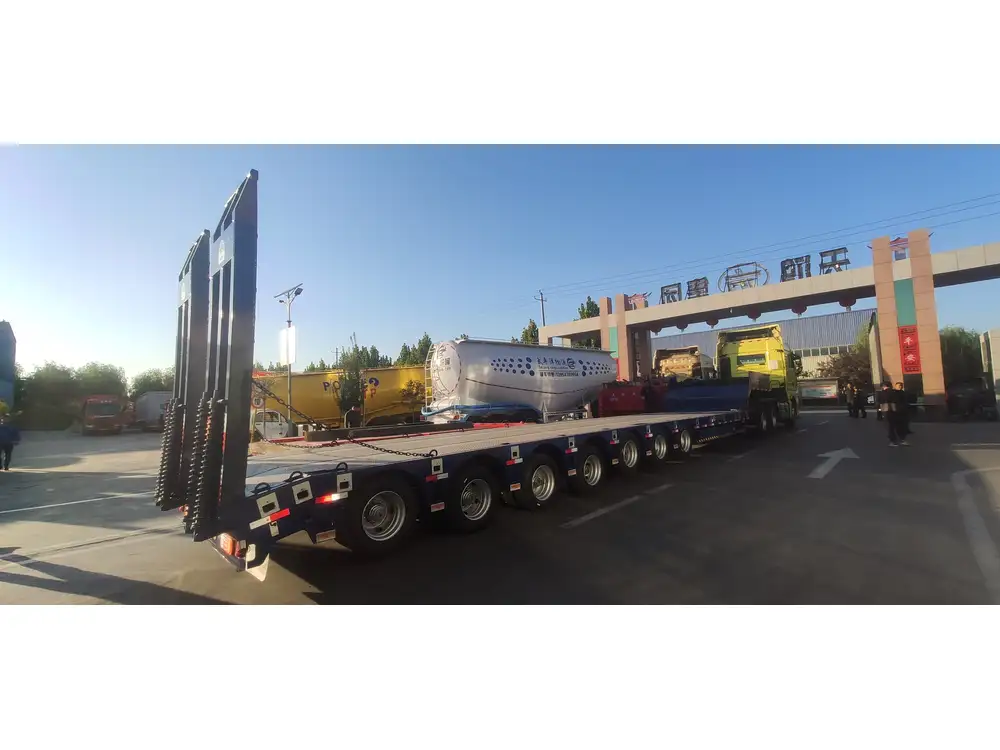
Financing and Leasing Options
For many businesses, especially smaller ones, the upfront costs can be daunting. Various financing and leasing options can spread out the expense:
Leasing: Companies can lease semi-trailers, making it easier to manage cash flow. Lease agreements typically stipulate monthly payments, which may include maintenance.
Loans: Many dealers offer financing options, allowing businesses to pay in installments over time. Understanding the terms and interest rates is crucial for making an informed decision.
Grants and Subsidies: Certain government programs may provide financial assistance to logistics companies, especially those investing in environmentally friendly or energy-efficient trailers.
Types of Semi-Trailers Explained
To understand how price correlates with functionality, let’s examine the diverse types of semi-trailers available in the market:
1. Flatbed Trailers
Flatbeds are the quintessential workhorses of trucking. Their open design allows for easy loading and unloading from any side, and they are versatile enough to carry various freight types, from machinery to building materials.
- Cost: Typically range from $30,000 to $50,000.
- Key Features: Strong frame, multiple tie-down points, and often customizable lengths.
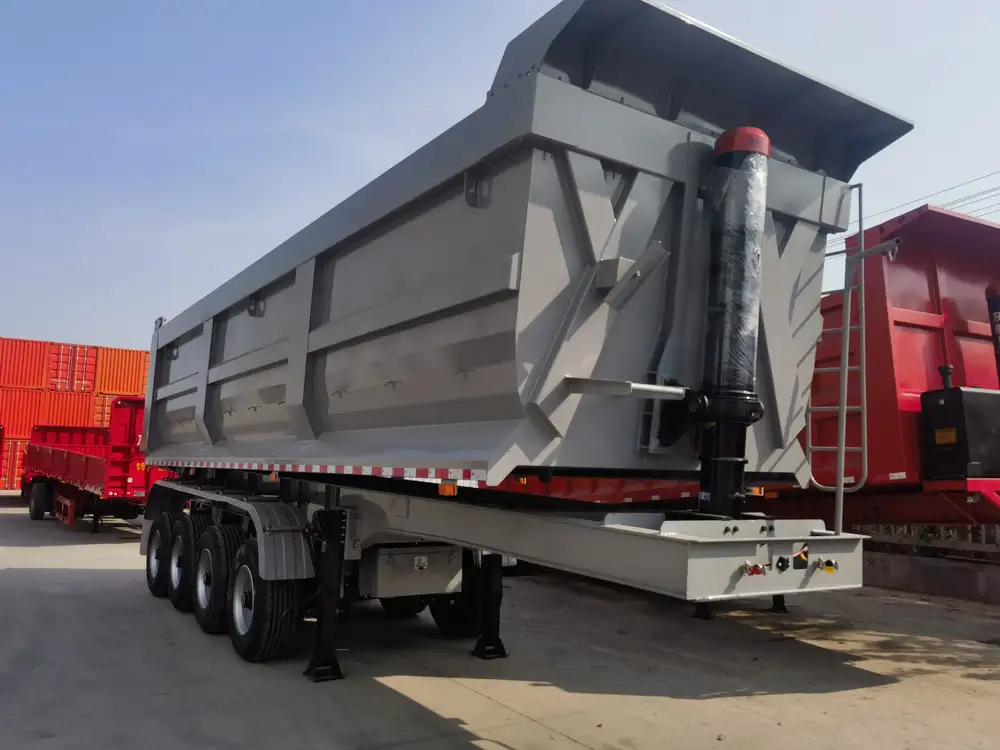
2. Dry Van Trailers
These enclosed trailers suit goods that require protection from the elements. They are the most common type of semi-trailer for transporting general cargo.
- Cost: Usually priced between $35,000 to $60,000.
- Key Features: Weather-tight, insulated options available; ideal for furniture and packaged goods.
3. Refrigerated (Reefer) Trailers
Designed for transporting perishable goods, refrigerated trailers maintain specific temperatures to ensure freshness during transit.
- Cost: Price ranges from $45,000 to $80,000.
- Key Features: Temperature control systems, insulation, and often multiple compartmental setups for varied goods.
4. Tanker Trailers
Used for transporting liquids, tanker trailers have specialized features to prevent spillage and ensure safe delivery.
- Cost: Generally between $50,000 to $100,000.
- Key Features: Strong construction, often with baffles inside to reduce liquid movement.
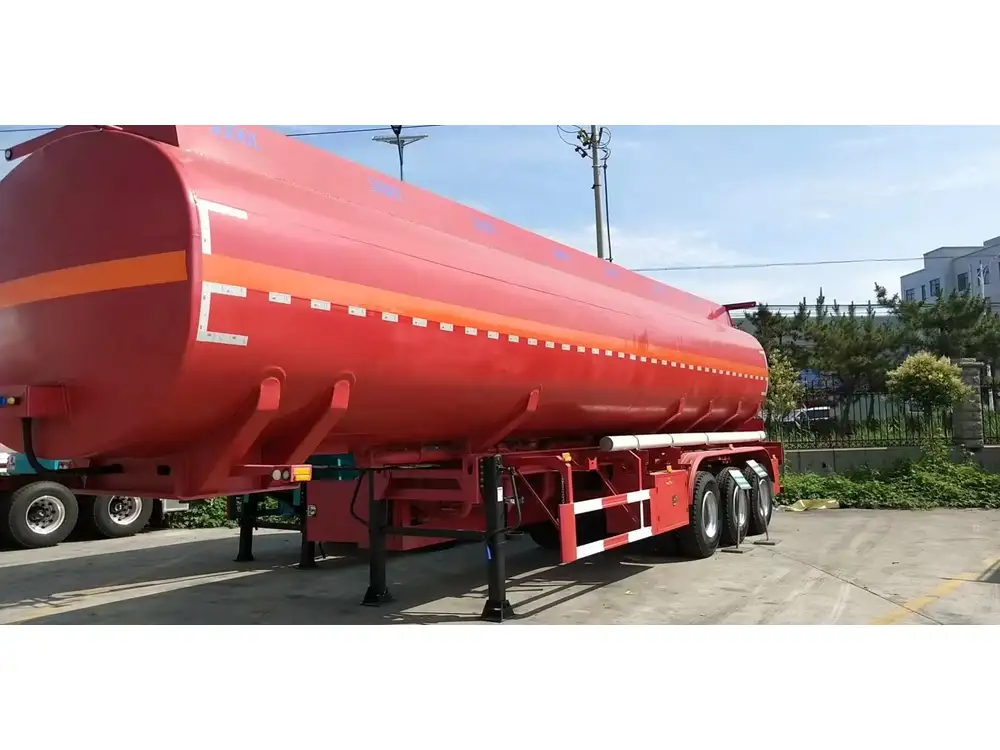
5. Specialty Trailers
These trailers cater to unique needs, such as car haulers, lowboys for heavy equipment, or curtainsiders with adjustable sides.
- Cost: Typically ranges from $60,000 to $150,000 depending on specifications.
- Key Features: Depending on purpose, features vary widely but often include custom loading mechanisms.
Additional Cost Considerations
While the price of the semi-trailer itself is important, it’s vital to consider additional costs that factor into the overall investment.
Maintenance and Repairs
Regular maintenance is crucial to the longevity of a semi-trailer. Owners must budget for periodic inspections, tire replacements, and repairs. Setting aside 10-15% of the trailer value yearly for maintenance can be a wise decision.
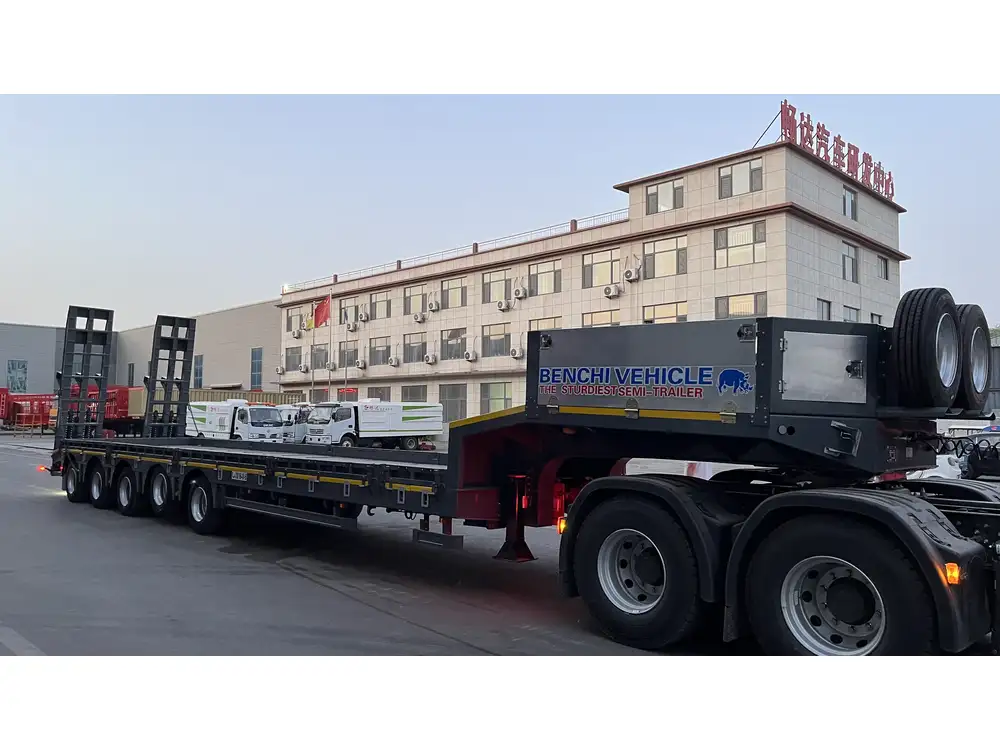
Insurance Costs
Insurance for semi-trailers varies based on factors like usage, type, and location. On average, businesses might expect to pay between $1,000 and $2,500 annually for comprehensive coverage.
Fuel Efficiency
Though not a direct expense on the trailer itself, it’s essential to consider how fuel efficiency ties into overall costs. The type of truck paired with the trailer and the load it carries can impact fuel consumption significantly.
Price Trends in the Semi-Trailer Market
In recent years, several factors have influenced price trends in the semi-trailer market:
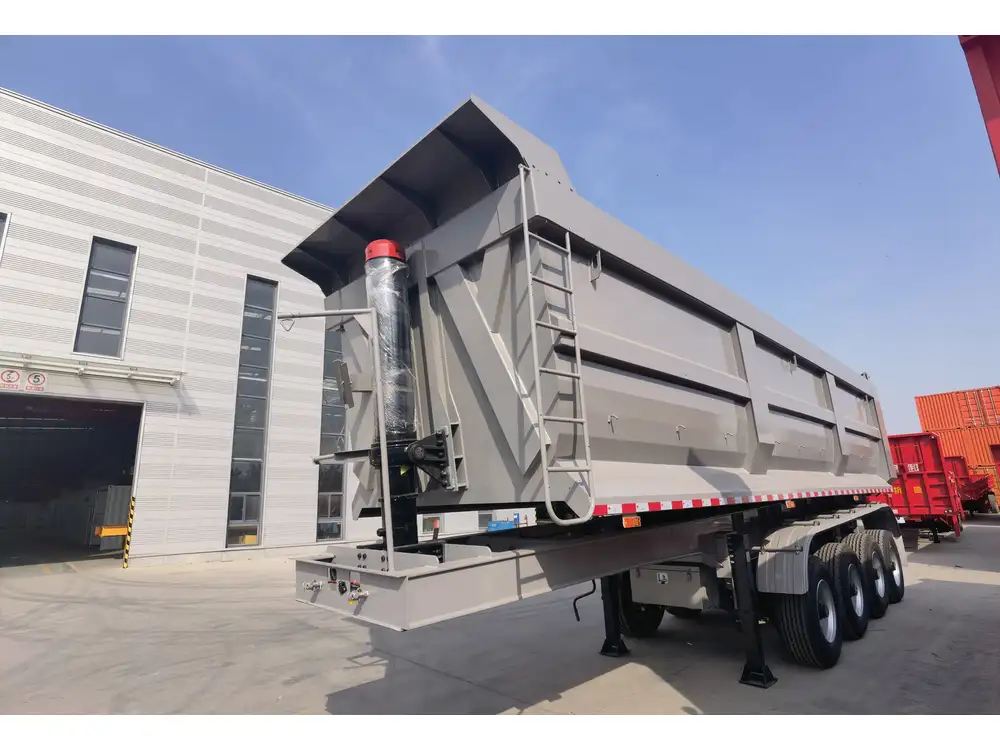
Economic Factors
Economic fluctuations play a pivotal role. As demand for freight transportation rises, so does the demand for semi-trailers, driving up prices.
Supply Chain Disruptions
Events such as natural disasters, labor shortages, or global pandemics can lead to supply chain challenges that increase the cost of materials and manufacturing, subsequently raising prices for end consumers.
Technological Advancements
Emerging technologies, like GPS tracking and advanced braking systems, can enhance safety and efficiency but may add to the initial price. However, over time, such investments can reduce operational costs through higher efficiency.
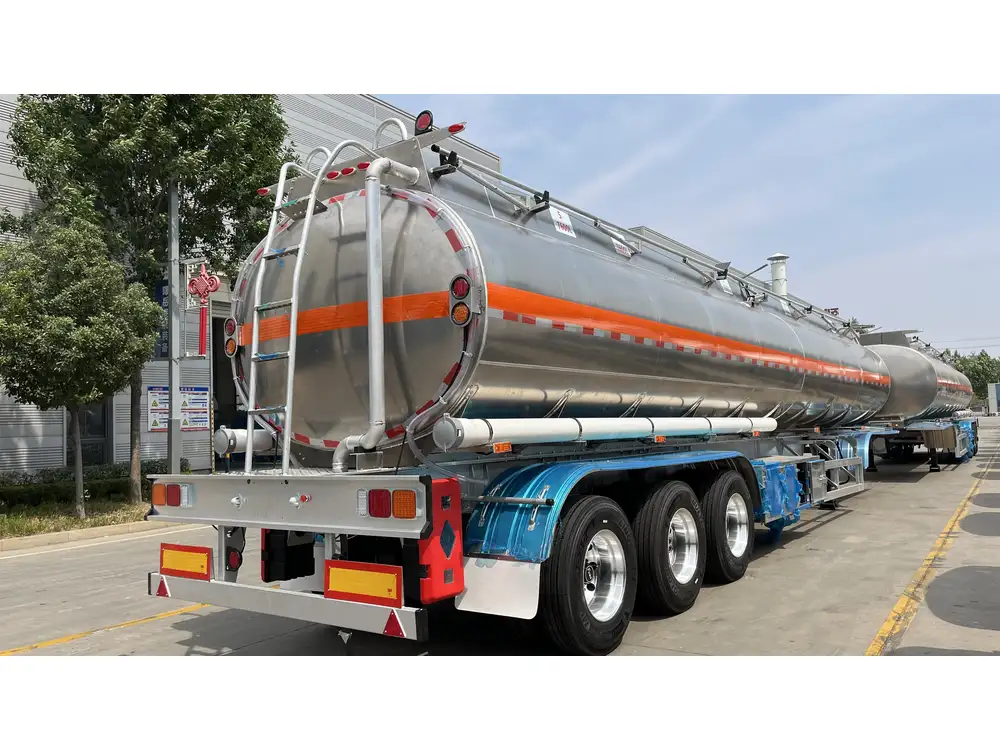
Understanding Your Needs
When considering how much to invest in a semi-trailer, it’s prudent to align purchases with operational requirements:
- Evaluate Cargo Types: Understand what and how often goods will be transported.
- Consider Route Geography: The terrains and distances can dictate the necessary durability and specifications.
- Analyze Load Volume: Calculate load sizes to determine the most fitting trailer type.
Questions to Consider
- How often will the trailer be used?
- What are the potential resale values of different types of trailers?
- Are there seasonal fluctuations in your business that may affect needs?
Conclusion
The cost of a semi-trailer is influenced by a constellation of factors, from type and size to market trends and economic conditions. Understanding these elements is vital for making an informed purchasing decision that aligns with business goals.
Investing in a semi-trailer represents a significant financial commitment, but it is also an opportunity for growth, efficiency, and profitability. As the logistics landscape evolves, businesses prepared to adapt and invest wisely will reap the rewards.
In a rapidly changing market, keeping informed about pricing structures, financing options, and potential future costs will position businesses advantageously, ensuring that the decision to purchase a semi-trailer adds tangible value to operations.



